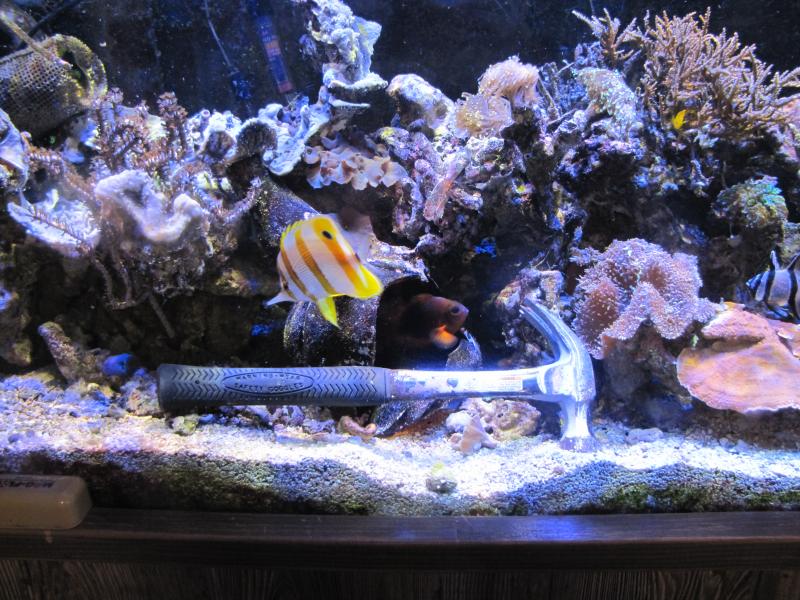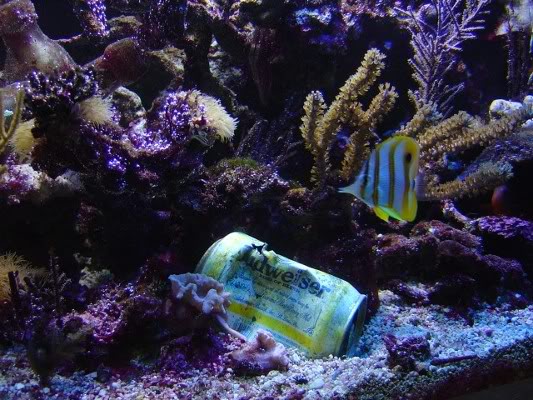I found this article posted below. Im curious if anyone has experienced coral death due to a known heavy metal in the tank.
http://scialert.net/fulltext/?doi=rjes.2009.96.102
ABSTRACT
Specific aims of the study were to quantify heavy metal concentration in the coral tissue and to determine the toxic effect of metal on coral Galaxea fascicularis. The concentration of heavy metals in the coral tissues were assessed using Atomic Absorption Spectrophotometer (AAS) technique. Various oceanographic parameters were also measured on sampling sites. Controlled tolerance experiment testing copper were performed on coral organism. Series of exposures at different range concentrations (0.025, 0.050, 0.075 and 0.100 mg L-1 Cu) were conducted for 96 h LC50. Results indicated that low variation existed among some oceanographic parameter in depth. Higher concentrations of Pb and Fe were detected in coral tissues. Short duration (24 h) laboratory assay demonstrated dramatic effects ( tissue bleaching and death) on coral at copper concentrations (0.1 mg L-1 Cu). The LC50-96 was determined to be 0.032 mg L-1Cu (II). The present experimental results demonstrated that heavy metals can have deleterious effect on coral animal, at relatively low concentrations and for brief exposures.
http://scialert.net/fulltext/?doi=rjes.2009.96.102
ABSTRACT
Specific aims of the study were to quantify heavy metal concentration in the coral tissue and to determine the toxic effect of metal on coral Galaxea fascicularis. The concentration of heavy metals in the coral tissues were assessed using Atomic Absorption Spectrophotometer (AAS) technique. Various oceanographic parameters were also measured on sampling sites. Controlled tolerance experiment testing copper were performed on coral organism. Series of exposures at different range concentrations (0.025, 0.050, 0.075 and 0.100 mg L-1 Cu) were conducted for 96 h LC50. Results indicated that low variation existed among some oceanographic parameter in depth. Higher concentrations of Pb and Fe were detected in coral tissues. Short duration (24 h) laboratory assay demonstrated dramatic effects ( tissue bleaching and death) on coral at copper concentrations (0.1 mg L-1 Cu). The LC50-96 was determined to be 0.032 mg L-1Cu (II). The present experimental results demonstrated that heavy metals can have deleterious effect on coral animal, at relatively low concentrations and for brief exposures.




















